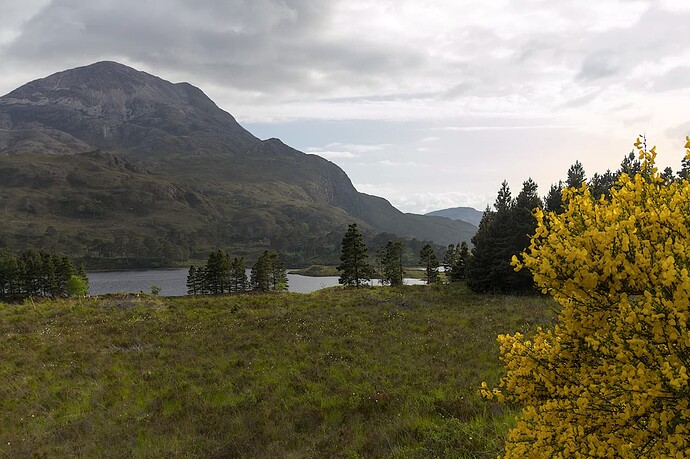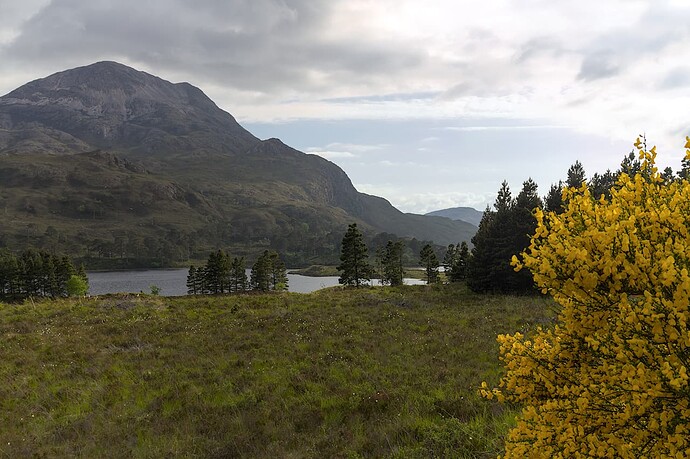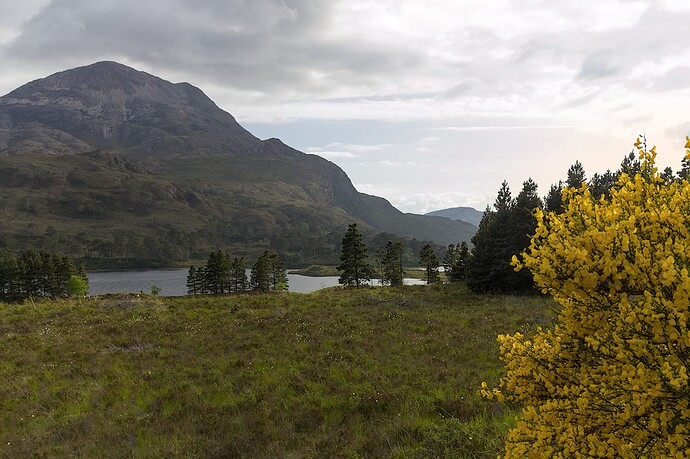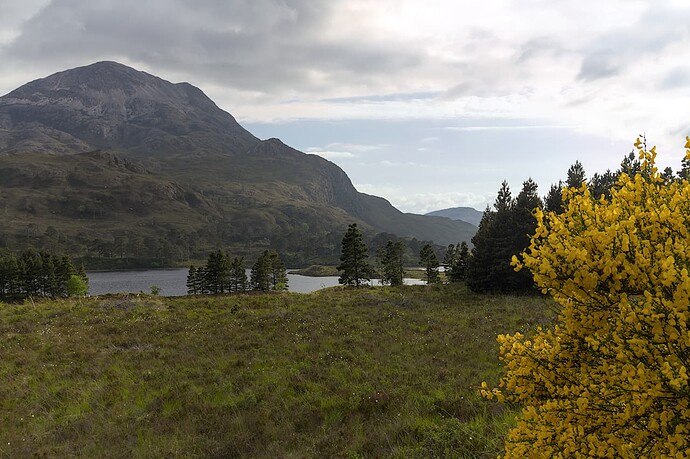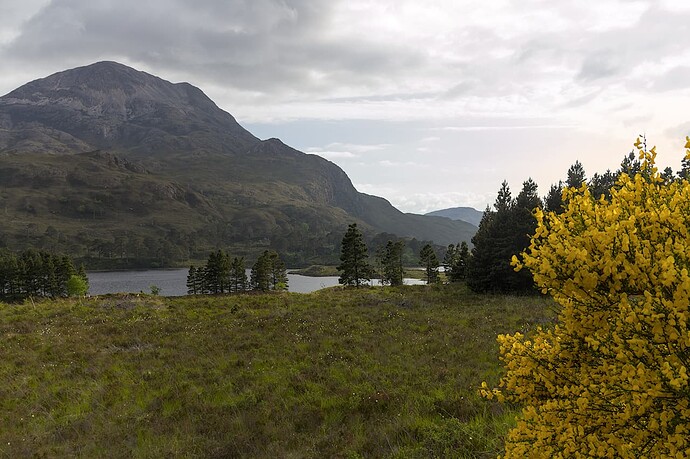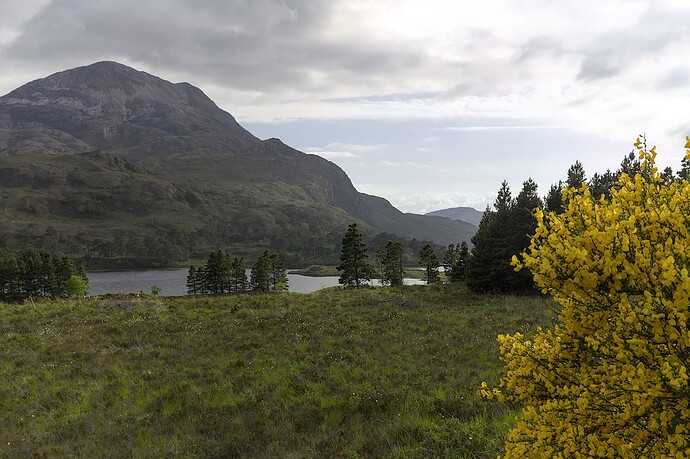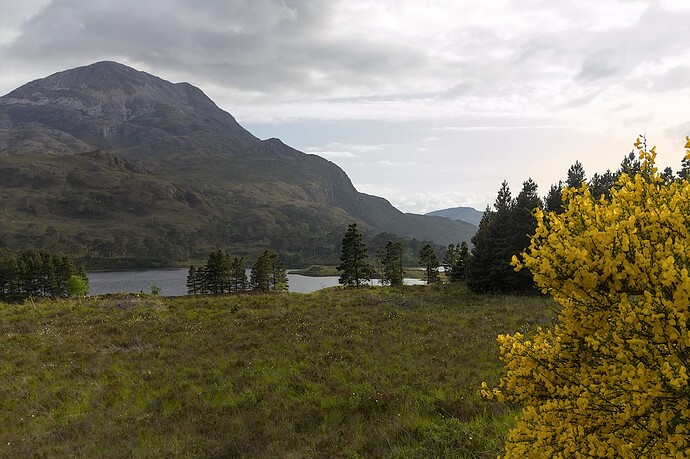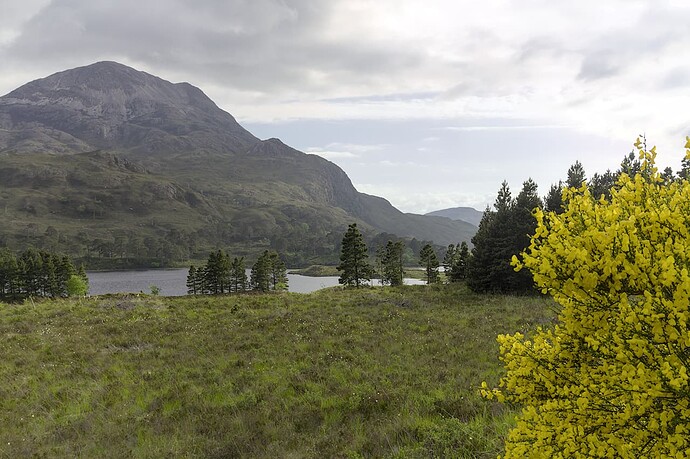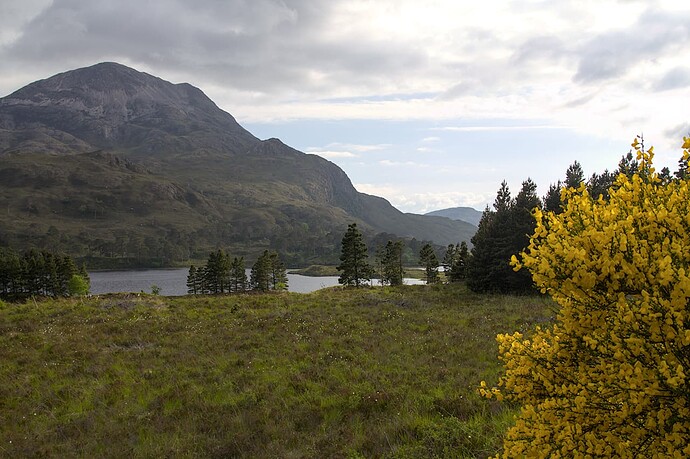I’m probably using the wrong term (non-native English).
But a raw file, stores numbers. You get numbers for red, green and blue. (Not really for each pixel! This is another topic  ).
).
But for one camera, the number 1100 (just picking something at random) in red can mean ‘really red’, while for another camera that could mean ‘not so red’.
So, those numbers need to be mapped to colors. Only after you know what those numbers mean for a certain camera model, can you convert them to something that is more natural in the digital world (like sRGB, Adobe RGB, etc…).
So, to follow that example. In a RAW file, there is a pixel somewhere which has the value 1100 for red. If you open that raw file in Lightroom (as an example), Lightroom knows that for that camera model, 1100 means ‘very very saturated red’. So it uses that information to display an image on the screen.
Now, if you convert the RAW file to a DNG file… you want that pixel to still have the same number 1100 in the DNG. Because if you open that DNG in Lightroom (again, as an example), Lightroom will interpret that number 1100 according to the camera model and assume it to mean ‘very very saturated red’…
Of course, if in DxO you start to mess with things like exposure, contrast, HSL, saturation, etc… that number will not stay 1100. But that’s logical, you are changing things.
But if we’re not changing things, you want that number to stay 1100 so that the next program that opens the DNG will interpret it correctly.
Now, DxO in PL5 (and PL6 in legacy gamut mode) will do just this: If the original raw file has the number 1100 somewhere for red, it will just write the number 1100 to the DNG without touching it. So that the next program interprets it, and interprets it correctly.
PL6 in wide gamut mode, actually starts to change the numbers. So it now suddenly writes a 900 to the DNG file. Lightroom (again, as an example) will read the number 900, and think ‘hey, that means it is not that saturated red, but a bit less’. Because it still thinks that the numbers have the same original meaning to interpret colors.
Now, a DNG file can contain information that tells programs how to interpret in the DNG, so that they don’t have to assume things based on the camera model. And DxO does write this information.
But the information doesn’t change between legacy-gamut and wide-gamut, while in wide-gamut the numbers it writes are different, so they need to be interpreted different.
This is a very ‘abstract’ and dumbed down version, but the essence is there  .
.
A digitized , sampled version of something is just a bunch of numbers. A program needs to know what these numbers mean before it can do something with them.
So imagine there is a universal way to describe what color something is.
So if you load a file (be it a camera raw file, or a JPEG of the web) the numbers in that file need to be mapped to the universal color-language. And from there, you can convert it back to the numbers an device expects, like a printer, or a screen.
Reading a normal image file is actually no different, there are just assumptions. If there is no profile, we expect a file to be sRGB mostly. Some people understand that an image file can contain numbers between 0 and 255. And an red of 255, and a blue and green of 0 means ‘very saturated red’. But if you tell a program those same numbers (255,0,0) are not sRGB, but AdobeRGB… it now suddenly means a way more saturated red. And if you tell a program those same numbers are Rec2020, it means they are even more red.
So, numbers in the digital image world need to be interpreted to mean a certain color. The numbers that a digital camera sensor produces need to be interpreted to ‘a universal way of describing colors’, and then need to be converted to the meaning that you want for your output (file).
It’s quite common to have something ‘in between’, a ‘number meaning’ that is made for doing calculations and modifications. The ‘working space’ / ‘working profile’.
So, most RAW converters work like reading the numbers from the RAW file, interpreting them to a meaning, and converting that to a working space. There, all the edits and modifications are done. And when it’s time to write the output to disk (or to a printer, or…) it’s converted to the ‘output space’.
